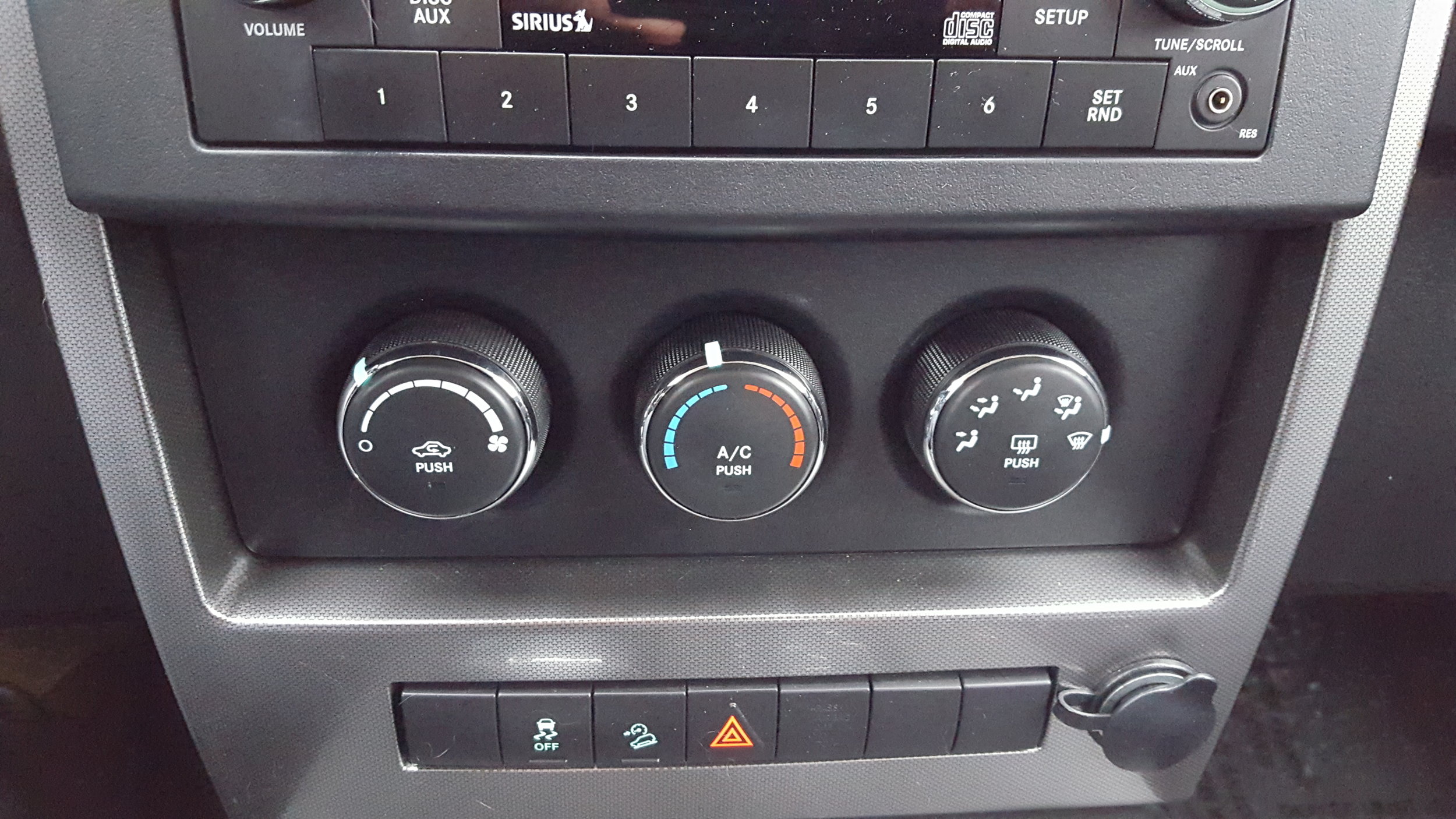It was cold in the truck. It was cold outside the truck, too - a crisp December day with a gusty wind from the northwest. I was helping my parents in the final stages of cleaning out the big, old family home as they have downsized to a beautiful new condo where someone else mows the grass and shovels the driveway.
Dad and I had made several trips from the old house to the new house / recycling center / garbage dumpster when we both wished it to be warmer in Dad’s truck. The truck is a nearly-new Ford F-150 with all the bells and whistles, it’s the second one he’s had and Dad’s a pretty smart guy, so one would think the control gear would be familiar. Well, after poking and stabbing at various buttons on the dash with no discernible difference in the cabin temperature, Dad finally pulled to the side of the road, took off his gloves, activated a touch-screen and spent the next few minutes muttering in frustration at the bewildering array of arrows, plus signs, minus signs and icons available. I counted 19 different items which could be selected or activated. Nineteen. It seemed a little over-engineered and I didn’t even try to help him.
I maintain that an element of good product design is that use of said product should be as intuitive as possible. An instruction manual should not be required for basic, everyday tasks. I shouldn’t need tech support to brown my hamburger, watch TV, or make the truck warmer … yet that seems to be the direction as products are engineered to make my life “easier” and “more comfortable”.
In Ford’s defense, they knew that some customers would be confused by the touch screen, so they thoughtfully included a separate set of traditional controls. The mechanical controls are much simpler - there are only 16 buttons and knobs. Sixteen. And the buttons are tiny and down at the bottom of the dash where the driver will still have to remove their gloves, take their eyes off the road, and maybe put on another pair of glasses just to make it warmer inside.
my Jeep's heat controls
Now, I drive a five year old Jeep Liberty. It’s not a high-end vehicle - there are very few creature comforts, although it does have a rear wiper, which, juvenile as it may be, I find hilarious. The Jeep is noisy, bouncy, claustrophobic and inefficient, but here’s the thing, I can make it warmer or cooler inside. I can do so without taking my gloves off. I can do so without taking my eyes off the road. You see, right in front of the shift lever there are three big, round knobs, and those three knobs are the entire control interface for the heating, cooling and defrosting of the vehicle. Three. One controls how hard the air blows, one controls how hot or cold the air blows and the third one controls which hole the air blows out of. There’s no touch screen. I don’t have to sync anything with my smartphone. Apple and Google are not involved. I can find the knobs by feel and in just a moment, the climate inside my vehicle changes to my liking.
It’s great that in Dad’s truck, the seats warm up and cool down and there are climate zones and barometric pressure zones, and I think you can even make it rain inside if you want to. But all that capability is completely useless if it is a huge pain in the ass to make any of it happen. The climate controls in my Jeep are elegant in their simplicity, they’re entirely intuitive, and my hat is off to whomever got the design right in about 1934.
chris congdon



